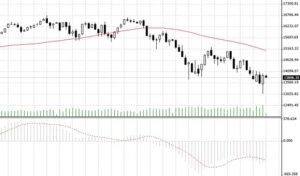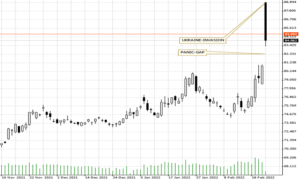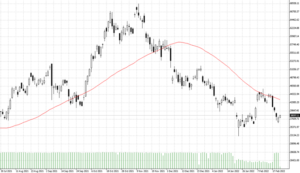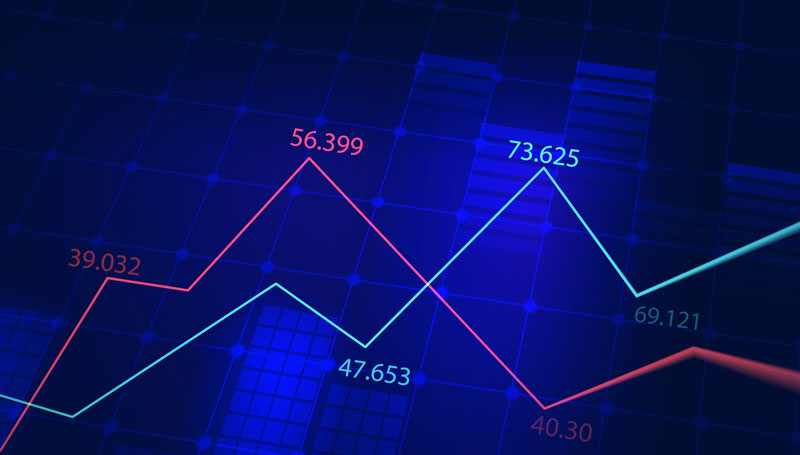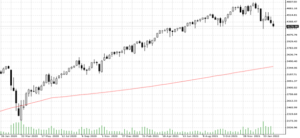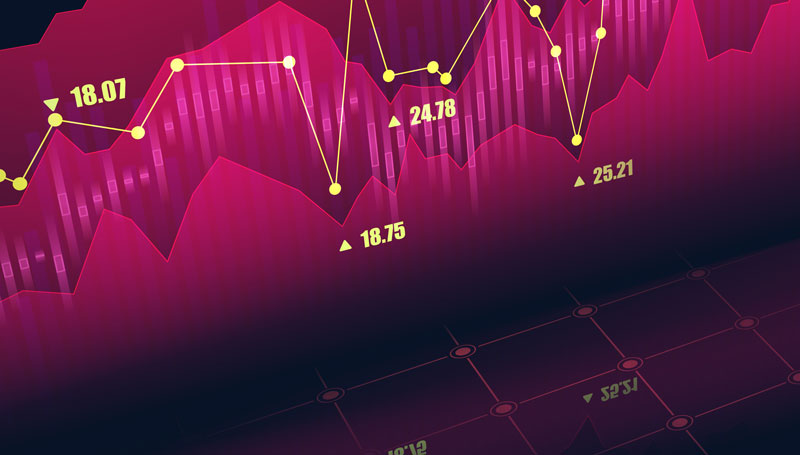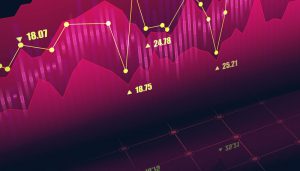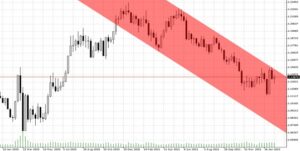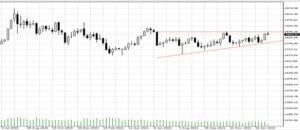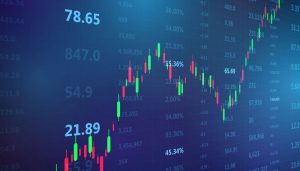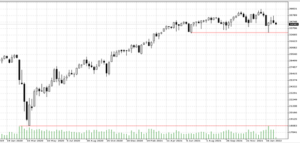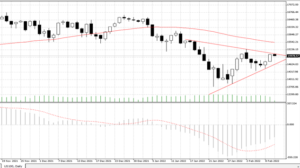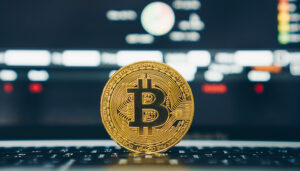

28.02.2022 – The West’s sanctions take effect, the bank run begins in Russia. The ruble plummets. In addition, the Russian army is not making much progress – even the hitherto hyper-pacifist Germany is supplying weapons. The investment world is thus divided in two: Assets in the West are likely to stabilize. Russian investments are unpredictable, as the stock exchange is likely to suspend trading in the RTS index time and again.
Since the Russian Central Bank has parked a large part of its foreign exchange reserves in the West, and since a partial SWIFT ban is now actually taking effect after all, Moscow can only counteract with difficulty – and sell dollars against rubles, for example. The ruble has plummeted to a new historic low. The Russian Central Bank raised the key interest rate by 10.5 points to 20 percent. It also banned foreign sales of Russian securities. Long lines have formed in front of ATMs in Russia – a collapse of Russian banks is likely. The new, gigantic USDRUB price gap will be closed at some point, just like the smaller gap from the previous week. Only when? Only as soon as there are signs of a ceasefire, or if China rushes to the rescue with foreign exchange reserves, is the ruble likely to recover to old levels.
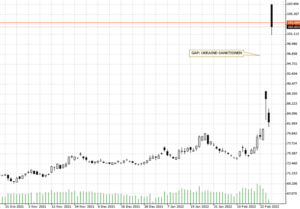
Source: Bernstein Bank GmbH
Otherwise, everything continues to be possible and the opposite of everything. The invasion will either end in a III. World War. Then we don’t need to talk about investments anymore. Concrete signs of this will throw the stock markets towards zero.
A Russian victory
Or the Russians will first win the battle for Ukraine. Then Volodimir Selenski (what a hero, just like the Klitschko brothers) should be flown out to the West – allegedly he is protected by Western special forces. Selenski would then be allowed to lead a government-in-exile from abroad. Then western Ukraine around Lviv could join Poland. This would automatically make the residual state part of NATO, because only the Polish parliament would have to decide on admission and no one else – and then things would get exciting. For Russia, the occupation of Ukraine would be an expensive mortgage. In these cases, Western assets recover, Russian ones are likely to lag because of sanctions.
A Ukrainian victory
Or, against all expectations, Ukraine wins. The resistance is incredible – apparently Kiev drafted some 100,000 reservists over the weekend. Battle-hardened free fighters with Ukrainian roots from the French Foreign Legion, the British Army, or the U.S. Army are expected to arrive in Ukraine soon. We suspect that many young Russian recruits have begun to wonder – where are the people who cheer for them because they are supposedly liberating Ukraine from Nazis? And then why is Ukraine ruled by a Jewish president? And why do the Russians, who are raging just as the Wehrmacht once did, have to fight against their own brother nation? It is quite possible that Russian soldiers will defect – especially if the Chechen Islamists fighting for Vladimir Putin commit a massacre of Slavs.
We think even a revolution in Russia is possible. Or Russian generals eliminate Putin to prevent a nuclear escalation. Then the stock exchanges in the essence and also in Moscow would jump up – and with them the ruble, because then the sanctions would fall.
Congratulations, Vlad!
Otherwise, Putin has damaged Russia’s future: NATO has finally woken up. Hopefully, the West will end its energy dependence on Russia. How about a little boycott of oil, gas and coal from Russia? The Russian monetary and probably ensuing economic crisis is reminiscent of the chaos of the early nineties – and the military aggression of the actions of Soviet apparatchiks. For them, the Afghanistan campaign was the beginning of the end. Putin has thus set his country back decades. We stay on the ball for you – Bernstein Bank wishes successful trades and investments!
Important Notes on This Publication:
The content of this publication is for general information purposes only. In this context, it is neither an individual investment recommendation or advice nor an offer to purchase or sell securities or other financial products. The content in question and all the information contained therein do not in any way replace individual investor- or investment-oriented advice. No reliable forecast or indication for the future is possible with respect to any presentation or information on the present or past performance of the relevant underlying assets. All information and data presented in this publication are based on reliable sources. However, Bernstein Bank does not guarantee that the information and data contained in this publication is up-to-date, correct and complete. Securities traded on the financial markets are subject to price fluctuations. A contract for difference (CFD) is also a financial instrument with leverage effect. Against this backdrop, CFD trading involves a high risk up to the point of total loss and may not be suitable for all investors. Therefore, make sure that you have fully understood all the correlating risks. If necessary, ask for independent advice. CFDs are complex instruments and are associated with the high risk of losing money quickly because of the leverage effect. 68% of retail investor accounts lose money trading CFD with this provider. You should consider whether you understand how CFD work and whether you can afford to take the high risk of losing your money.



